

Designation:AHT-1 Armored Hover Transport
|
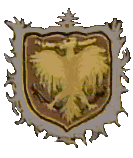
|
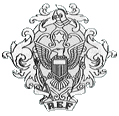
|
|||
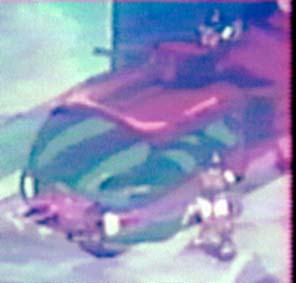
|
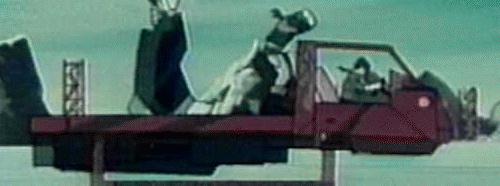
|
||||
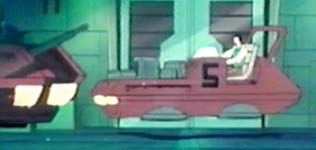
|
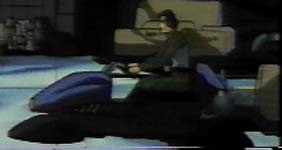
|
||||


A number of hover-capable transports were developed for use by the Army of the Southern Cross. These include simple flatbed trucks for hauling mecha to small one person "movers" for moving heavy pieces of equipment to armed and armored transports.
| AHT-1 Armored Transport | HT-7 Flatbed | HT-6 Hover Mover | HT-3 Hover Tractor |
|
|---|---|---|---|---|
| Length: | 13.5 | 6.1 | 2.2 | 1.8 meters |
| Width: | 4.5 | 2.8 | 1.8 | 1.2 meters |
| Height: | 4.6 | 2.4 | 1.5 | 0.9 meters |
| Weight: | 3.2 | 2.5 | 1.1 | 0.8 metric tons. |
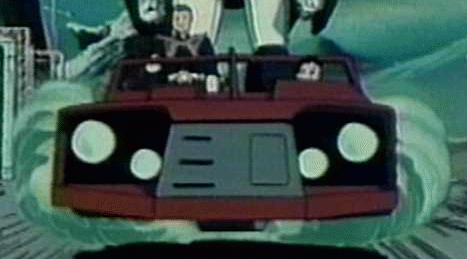
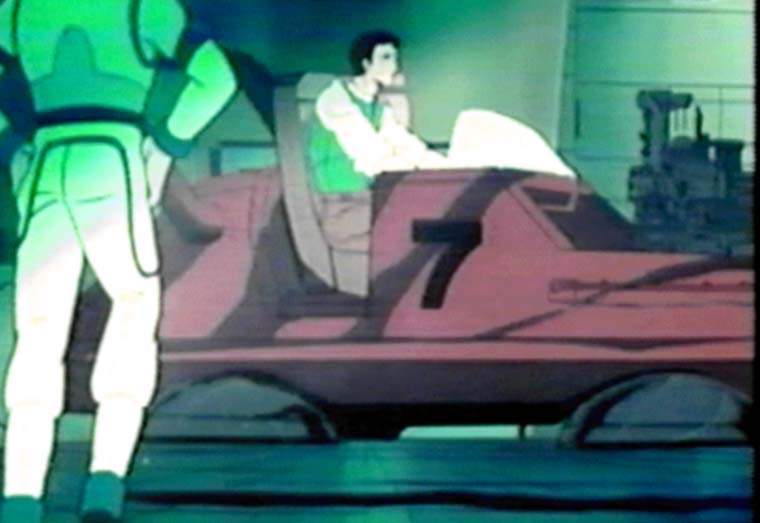
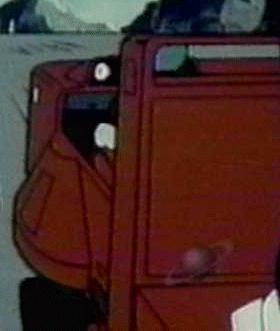
The armor of the AHT-1 Armored HoverTransport is composed of an advanced titanium-steel alloy. The armor stops all small arms fire, provides good protection against heavier infantry weapons, such as a 12.7mm machinegun round, and fair resistance to light mecha-mounted weaponry, such as the Zentraedi 22.3mm HE autocannon round.
The AHT-1 provides full protection from nuclear, biological, and chemical hazards, using an overpressure crew compartment environment activated by radiation and hazardous chemical sensors, or manually when biological warfare conditions are anticipated. The internal consumables supplies can provide atmosphere for two weeks maximum.
The armored body of the HT-7 hover mecha hauler stops most small arms fire and grenade and shell fragments, and provides poor to fair resistance against heavier infantry weapons, such as a 12.7mm machinegun round.
The basic HT-6 and HT-3 cargo haulers are constructed of light weight composite materials and provide fair protection against small arms fire, and good protection against small grenade and shell fragments. The basic cargo haulers have open air cabs with provide no environmental capabilities. Plastic/canvas covers are available to protect the driver and passengers from foul weather. These also provide limited biological and chemical protection.
The AHT-1 hovertransport was an armored troop and material carrier developed for the Southern Cross shortly before the end of the Second Robotech War. It was often armed with a PT-2B double-barreled plasma turret, an EU-9 rapid-fire pulse laser, and a battery of sixteen Hammerhead short range missiles. This vehicle could provide cargo caravans with some fire support in the planets wastelands without drawing a large amount of resources. This vehicle helped keep the supply lines open against marauding Zentraedi and scavengers as not many groups wished to face the onslaught of the AHT-1's significant armament.
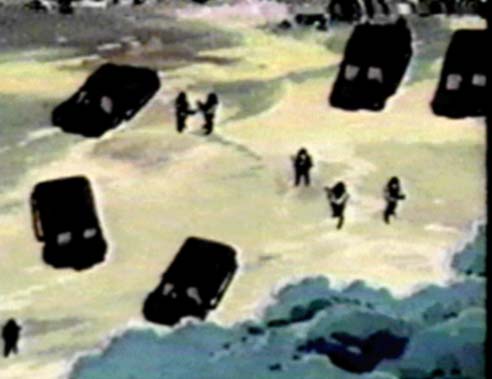
The Flatbed Hover Truck saw use by the Southern Cross to transport materials and to transport battloids to the front lines. The GMP and Tactical Corps used these vehicles to transport their lower mobility battloids and robots to combat areas to increase the mobility and rapid-response capabilities of the mecha. This vehicle tended to be a bit of an ugly design as a simple transport was needed quickly and this no-frills design was the result. The rear cargo area is a simple flat bed for versatility and there are no cosmetic covers to the engine compartments beneath as with the Hover Cars. Most of the engine compartments were left open for accessibility and maintainability. While this tended to make maintenance easier, it also required it more frequently since the mechanics were more exposed.
The Hover Mover is mostly used in warehouses and in military bases by the Logistics Corps to move around crates or small heavy pieces of equipment like battloid servos or engines. The cargo area is located in front of the driver to allow viewing of the cargo while in motion. The cargo area is open in the front to allow scooping up of the cargo like a fork lift. The cargo area has raised sides to prevent the payload from falling off the mover. The forward cargo area can be lifted out by a manipulator arm to allow the mover to operate as a lift. A roll bar is provided to protect the operator since this vehicle is more maneuverable than stable and has been known to roll if too tight a maneuver is attempted with too heavy of a load. This vehicle was also capable of towing a sizable hover barge if the payload was too large or too heavy for the Hover Mover.
The Hover Tractor is used in warehouses and in military bases by the Logistics Corps to move around pallets and crates. The tractor is rigged with a tow hook for hover pallets used to carry supplies. These vehicles are extensive used to resupply Tactical Space Corps vessels before launch.
Return to RDF Auxiliary Vehicle Index
Go to Robotech Reference Guide Home Page.
Robotech (R) is the property of Harmony Gold. This document is in no way intended to infringe upon their rights.
Design and HTML by Robert MorgensternCopyright © 1997 Robert Morgenstern, Peter Walker, Pieter Thomassen
Last Updated: Sunday, December 21, 1997 10:59 PM